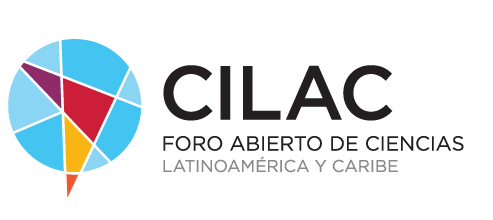They have identified alterations in the functional connectivity of young first-degree relatives, which could contribute to the early detection of dementia.

That if the Earth is flat, that if the vaccine is to inoculate us with a microchip, that if WiFi causes cancer, that the Earth is flat... all these anti-scientific beliefs are not essentially ignorance (we are all quite ignorant about it).
The most important thing is the call confirmation bias, which was coined by the English psychologist Peter Cathcart Wason after writing an experiment in this regard published in 1960.
Everyday religions
We believe the things that the people who are part of our "tribe" believe because we do not seek truth as much as social acceptance. Unlike many other animal species, for humans there is no greater punishment than being rejected or excluded from the group.
Furthermore, people treat facts as more relevant when the facts tend to support their opinions. When the facts are against your opinions, you don't necessarily deny the facts, but you assume that those facts are less relevant or worthy of being considered on a moral level.
This conclusion was based on a series of new interviews, as well as a meta-analysis of the research that has been published on the topic, and which was presented at a symposium as part of the annual convention of the Society of Personality and Social Psychology in San Antonio.
The results suggest that simply focusing on evidence and data is not enough to change someone's opinion on a particular issue. We are tough as hell. Other things persuade us.
This is what it also points out Matthew Hornsey (University of Queensland), which describe how 'think like a lawyer', in the sense that people carefully select the pieces of information they should pay attention to 'in order to reach conclusions that they want to be true'. As it abounds in it Derren Brown in his book ÉOnce upon a time... an alternative history of happiness:
Likewise, we act under this influence whenever we focus on the annoying habits of someone we don't like, rather than on the pleasant ones. The confirmation tendency provides us daily with all the necessary evidence to stick to the script and so that our life continues along the same lines and seems true.
Of course, it also influences that we are ignoring science, and we do not understand the epistemological foundations on which scientific knowledge is based. In the following video I explain what liberal science is and why it is not based on consensus as we popularly understand it:
–
The news
People who reject scientific claims do so not so much out of ignorance as out of confirmation bias.
was originally published in
Xataka Science
by
Sergio Parra
.

Today's weaving of threads has already reached diameters of a few microns (wool, cotton, synthetic polymers, etc.), but scientists at the University of Manchester have gone further by developing the world's finest weave, surpassing the finest Egyptian linen .
This has been possible thanks to the development of a form of weaving molecular threads into two-dimensional layers.
10,000 times a human hair
To understand how fine this thread is, let's think about the number of threads in a fabric per inch (about 2.5 centimeters). If Egyptian linen has about 1,500 threads, This new fabric reaches about 50 million.
Each layer of molecular tissue is only 4 nanometers thick; that is 10,000 times thinner than a human hair. For the moment, that is. the largest piece of fabric made is only 1 mm in length.

To develop this fabric, metal atoms and negatively charged ions were used to interlock small molecular building blocks made of carbon, hydrogen, oxygen, nitrogen and sulfur atoms. The woven building blocks were eventually joined together like pieces of a jigsaw to form individual sheets of molecular strands woven into a fabric just 4 millionths of a millimeter thick (4 nanometers).
As explained David Leigh, main author of this development that has been published in a study in Nature:
This is the first example of a layered molecularly woven fabric. Weaving molecular strands offers a new way to alter the properties of plastics and other materials. The number of strands and strand crossings was measured by bright X-rays on the building blocks. The strands bend the path of X-rays through the material by a specific amount, allowing researchers to measure how many strands there are per inch. The measurement shows that the material has a thread count of 40-60 million threads per inch. In comparison, the finest Egyptian linen has a thread count of around 1,500.
–
The news
This is the finest fabric in the world and has been created by weaving threads of individual molecules into threads.
was originally published in
Xataka Science
by
Sergio Parra
.
The largest genome of all animals.
There's more than just one.



